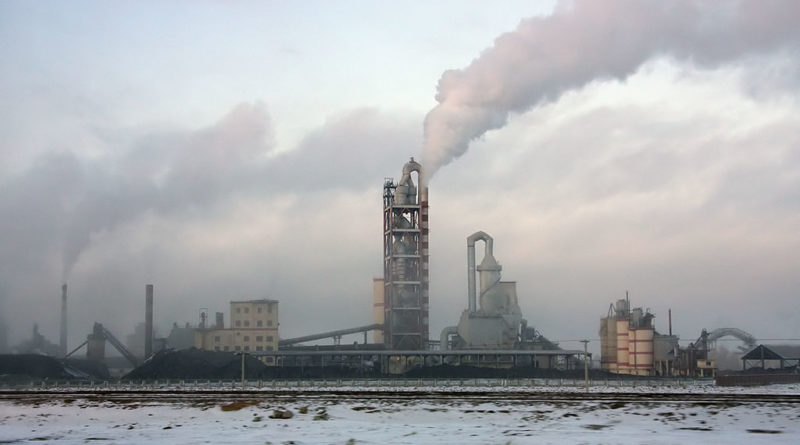Slag and olivine based products from CO2 capture
There is general consensus on the priority to develop saleable products derived from waste especially CO2 utilisation and specific mineralisation.
The environmental CO2MIN Project aimed at minimising the CO2 emitted by the German cement industry by capturing of CO2 by using mineral resources (olivine) and waste materials (steel slag) is one of the important developments in fighting global warming. The chief objectives are to sequester CO2 and drive economic use of the formed products in cement and concrete production.
Vital features include the exploration of the best promising carbonation techniques, pilot-scale demonstration and key cost drivers, Life Cycle Assessment: quantitative analysis of the impact on climate change, and a potential roadmap to full commercial exploitation.
Several peridotite samples have been obtained by project partners from olivine, dunite, and basalt deposits throughout Europe to use in the carbonation process.
The carbonation product is defined as consisting of unreacted olivine, magnesite and amorphous silica. Its processing is very complex due to the small grain sizes and tests are being directed toward de-agglomeration, classification, flotation, density sorting, and flocculation.
The resulting carbonate products have a wide range of applications in the low temperature range, including: cement substitution, paper, polishing pastes, thermal insulation materials, fillers for elastomeric materials, pharmaceuticals, and “grip chalk” for sports equipment.
The by-product amorphous silica can be utilised as a promising replacement of raw materials for high temperature applications, such as microsilica in refractory monolithics.
SOURCE: imformed.com




